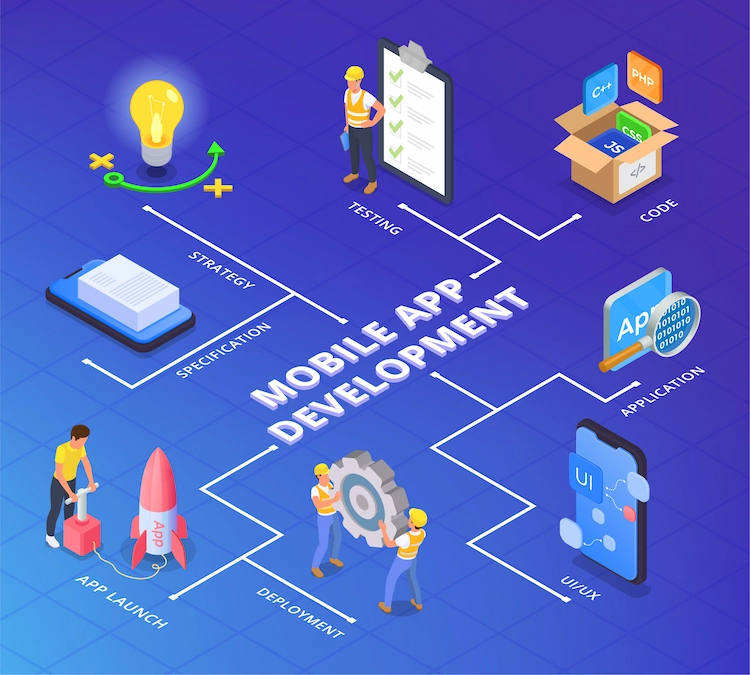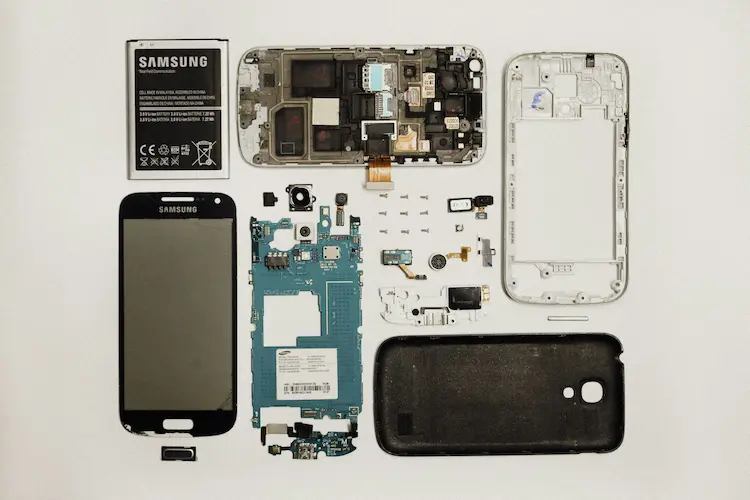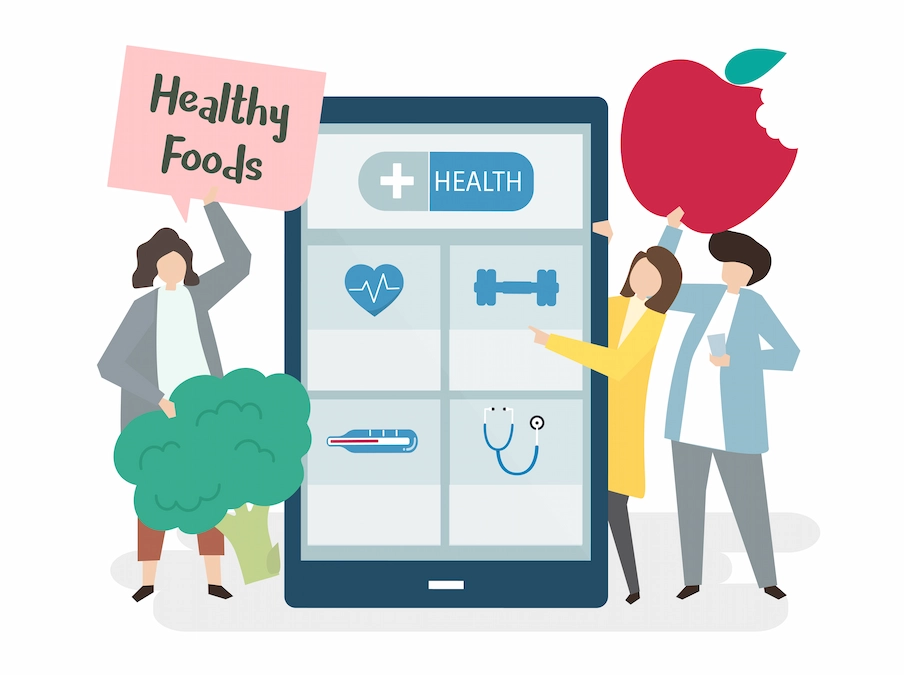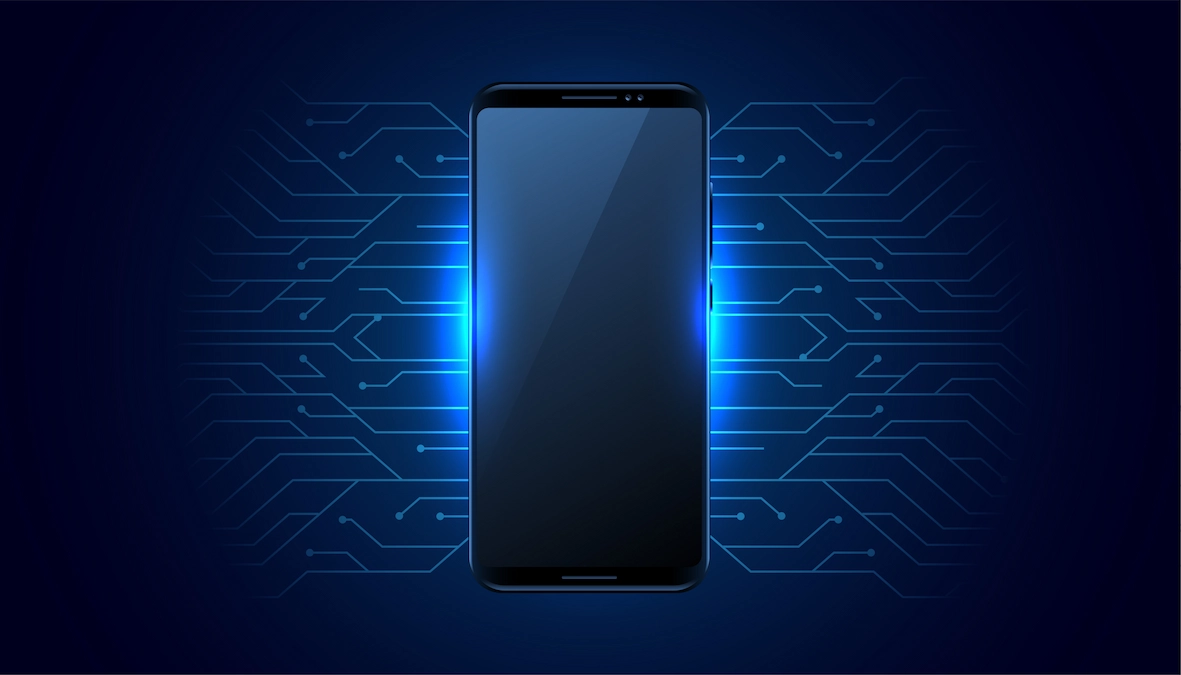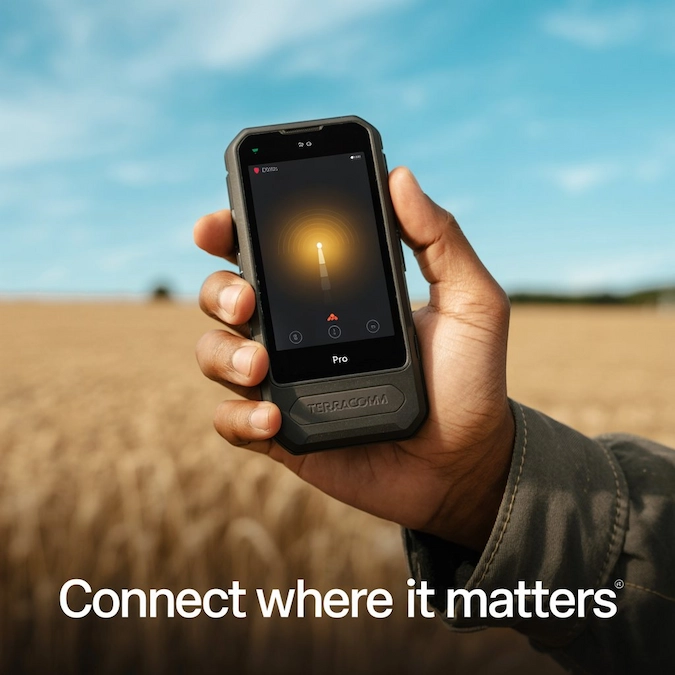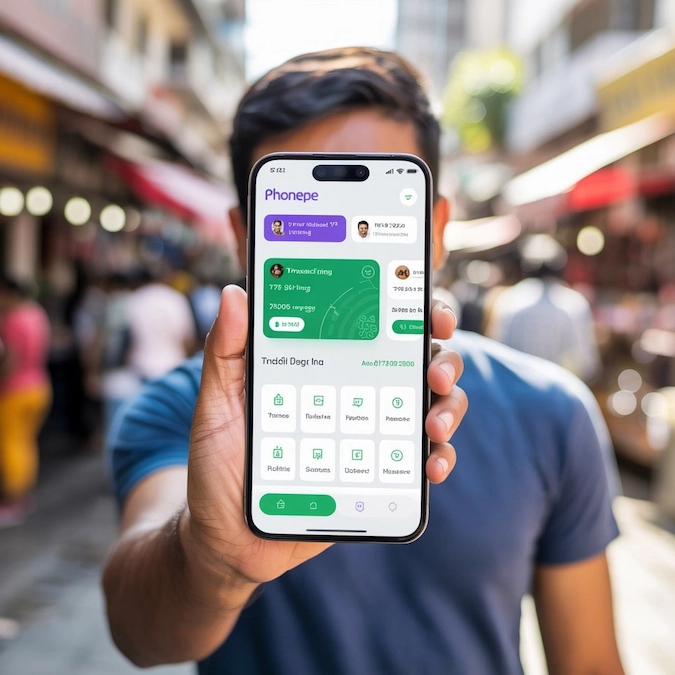Mobile app development means creating and managing apps for smartphones and tablets. Beginners should learn the basics, like coding languages, platforms, and app structure.
Whether building for iOS, Android, or both, understanding key concepts helps make mobile apps that work well and keep users engaged.
Mobile apps are everywhere. From ordering food to learning new skills, apps make life easy. If you’re thinking of making an app, this guide is for you. We’ll walk you through the basics, tools, trends, and everything else you need to know to get started.
Table of Contents
Understanding Mobile App Development
Mobile app development is the process of creating software for smartphones. These apps run on iOS, Android, or both. Some apps are games. Others help with work or fitness.
How Do Mobile Apps Work?
Apps run on your phone using code. They interact with data, networks, and users. Some work offline. Others need the internet to function.
What Is the Purpose of Mobile App Development?
The main goal is to solve problems or offer convenience. Businesses use apps to reach users. People use them to save time and stay connected.
Why Mobile App Development Is Important
Apps make everyday tasks easier. They help people communicate, shop, and even stay healthy. Companies use apps to grow and stay competitive.
Benefits, Advantages, and Disadvantages
Benefits:
- Easy access to services
- Fast performance
- Offline usage
Advantages:
- User-friendly
- Boosts brand visibility
- Offers better customer engagement
Disadvantages:
- Costly to develop
- Needs updates
- Platform limitations
History of Mobile App Development
The first app appeared in 1997. Snake, the classic game, came with Nokia phones. Since then, the app world has exploded.
Mobile App Development Basics
What Are the Basics of Mobile App Development?
You need to:
- Pick a platform (iOS, Android, or both)
- Choose a language (Java, Kotlin, Swift, etc.)
- Use tools like IDEs and frameworks
- Design the UI
- Code the features
- Test and deploy
What Is the Mobile App Development Life Cycle?
It includes:
- Idea
- Planning
- Design
- Development
- Testing
- Launch
- Updates
What Is SDLC in App Development?
It stands for Software Development Life Cycle. It helps developers build apps step by step.
Is App Development a Good Career?
Yes. Demand is high. You can work from home or join a company.
Does Mobile App Development Have a Future?
Yes. The industry is growing. New tech like AI and 5G are boosting app possibilities.
How Mobile App Development Works
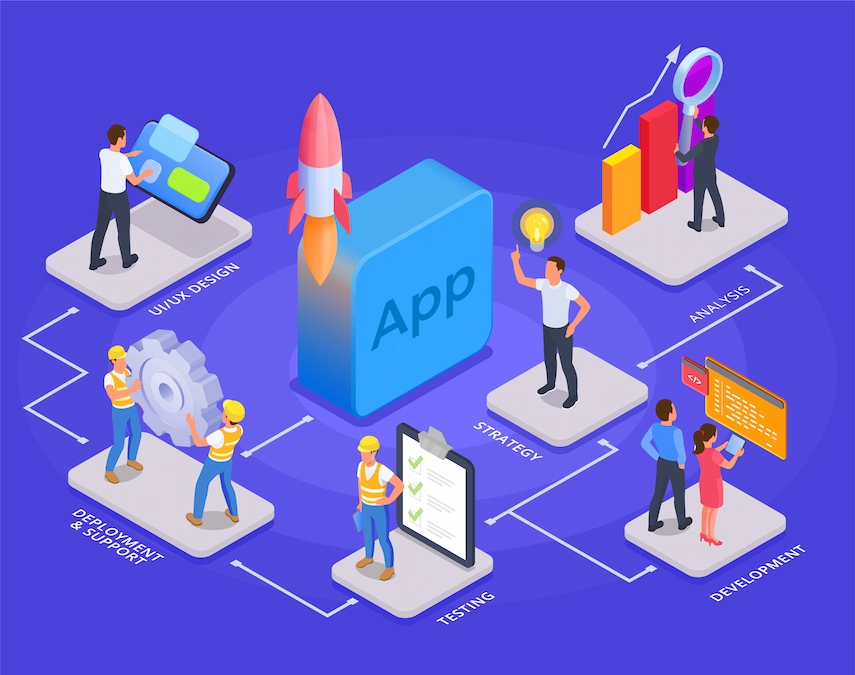
Mobile app development is the process of creating software for smartphones and tablets. These apps can run on iOS (Apple) or Android (Google) devices. Some apps are built only for one platform, while others work on both.
The development process usually follows these steps:
- Planning – This is the first step. It involves defining the idea, goal, and target users of the app.
- Design – This step creates the look and feel of the app. Designers use wireframes and prototypes to show how the app will work.
- Development – This is the coding stage. Developers write code that brings the app to life.
- Testing – Before the app is released, it must be tested. Bugs are fixed, and performance is checked.
- Deployment – After testing, the app is uploaded to the App Store or Google Play.
- Maintenance – Once live, the app needs updates and support. This helps fix issues and add new features.v
What Are the Requirements for App Development?
To build a mobile app, you need both hardware and software tools. Here are the basic requirements:
1. Computer or Laptop
You need a device for coding. For iOS apps, a Mac is required. For Android, you can use Windows, Mac, or Linux.
2. Development Tools
You need software tools to create apps:
- Android Studio – For Android apps.
- Xcode – For iOS apps.
- Visual Studio Code – A text editor used with many frameworks.
- Emulators or Simulators – To test your app on a virtual phone.
3. Mobile Devices
It helps to test your app on a real phone or tablet. This shows how the app works in real use.
4. Developer Accounts
To publish apps, you need developer accounts:
- Google Play Developer – Costs $25 one-time.
- Apple Developer Program – Costs $99 yearly.
5. Internet Connection
You’ll need internet to download tools, access libraries, and publish your app.
6. Basic Programming Knowledge
Knowing how to write and read code is important before starting.
What Are the Skills Required for Mobile App Development?
You don’t need to be an expert to start. But certain skills help you do better and grow fast. Here are the key ones:
1. Programming Languages
You must learn some coding languages:
- Java or Kotlin – For Android apps.
- Swift or Objective-C – For iOS apps.
- Dart – Used with Flutter for both platforms.
- JavaScript – Used with React Native or Ionic.
2. UI/UX Design Basics

You should understand how users interact with apps. Simple, clean designs are best. Learn how to make apps easy to use.
3. Problem-Solving
Bugs and errors will happen. Being able to think through problems is very helpful.
4. Understanding APIs
APIs help your app connect to other services. For example, a weather app uses an API to get weather data.
5. Database Knowledge
Many apps need to store data. Learning how to use databases like Firebase or SQLite helps.
6. Version Control (Git)
Git helps track changes in your code. Platforms like GitHub make it easy to share code and work with others.
7. Testing Skills
You should know how to test apps. This helps find bugs before users do.
Is Mobile App Development Easy to Learn?
Learning app development is possible for anyone. But like all skills, it takes time and effort.
Here’s what makes it easier:
- Online Courses – Many free and paid courses teach step-by-step.
- Simple Tools – Tools like Flutter and React Native are beginner-friendly.
- Community Help – There are many forums, blogs, and YouTube videos.
- Practice Projects – Making small apps helps you learn faster.
But, be ready for challenges:
- You may face errors in code.
- Some topics may seem hard at first.
- You will need patience and time.
Still, with daily practice, many people learn it in 3 to 6 months. The key is consistency.
Is Mobile App Development Easy?
The answer depends on your background and goals.
It’s easier if:
- You know some coding already.
- You’re interested in tech.
- You like solving problems.
- You enjoy learning new things.
It can feel hard if:
- You’re completely new to coding.
- You want to build complex apps fast.
- You expect to earn money right away.
But you don’t need to be perfect to start. Begin with small apps. Learn step by step. Use online guides. Don’t rush.
In time, it gets easier. Once you build your first app, the next one will be simpler.
Planning Your First Mobile App
How Do You Create an App?
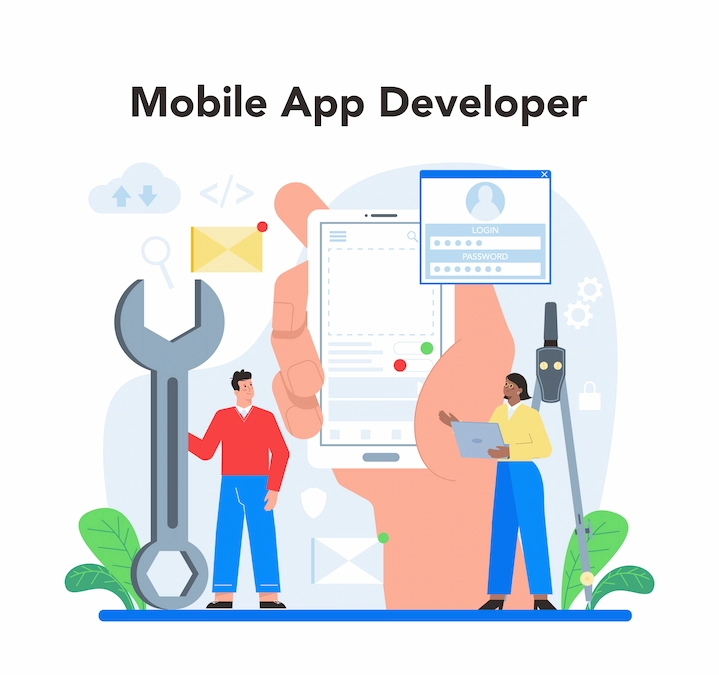
Start with a clear idea. Make sure it solves a problem. Research your target users. Choose your platform and tools. Sketch the design. Then start coding.
What Are the 7 Steps to Creating an App?
- Idea
- Market research
- Design
- Development
- Testing
- Launch
- Promotion
How Can I Develop My Mobile App?
You can:
- Learn coding online
- Use no-code platforms
- Hire a developer
Use app builders
Roadmap for Mobile App Development
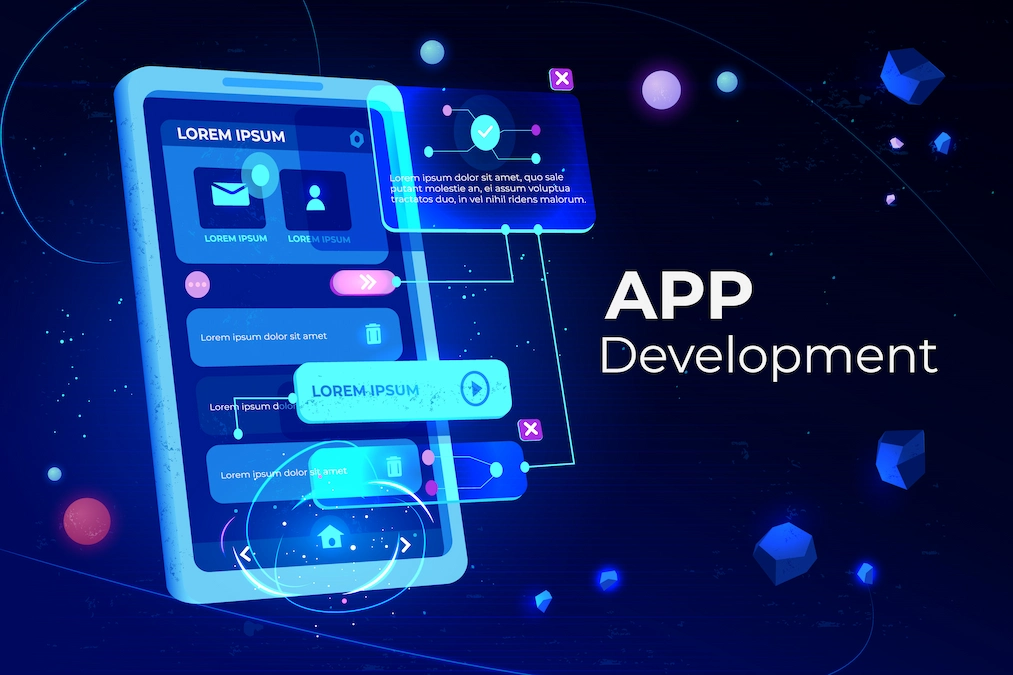
- Learn the basics
- Pick a platform
- Master one programming language
- Build small apps
- Grow your skills
- Create your main project
Why Is It Important to Study Application Software?
It teaches you how apps work. This helps you build better and safer apps.
Choosing the Right Platform: iOS vs. Android
Pros and Cons
iOS Pros:
- High-quality apps
- Better monetization
iOS Cons:
- Requires Mac for development
- Strict app review
Android Pros:
- Open-source
- More users globally
Android Cons:
- Device fragmentation
- More bugs to fix
Which Is Best for Mobile App Development?
It depends. Choose Android if you want a bigger audience. Choose iOS if you want better income.
Which Is Better, Web or App Development?
Apps give better performance. Web development is easier to learn. Pick based on your goal.
Essential Tools and Technologies
Mobile App Development Software
Popular tools include:
- Android Studio
- Xcode
- Visual Studio
- IntelliJ IDEA
What Software Is Used for App Development?
You’ll use:
- IDEs (Android Studio, Xcode)
- Design tools (Figma, Sketch)
- Testing tools (Firebase, Appium)
What Is the Best Software for App Development?
For Android: Android Studio
For iOS: Xcode
For Cross-platform: Flutter
Mobile App Development Frameworks
The Best Mobile App Development Framework
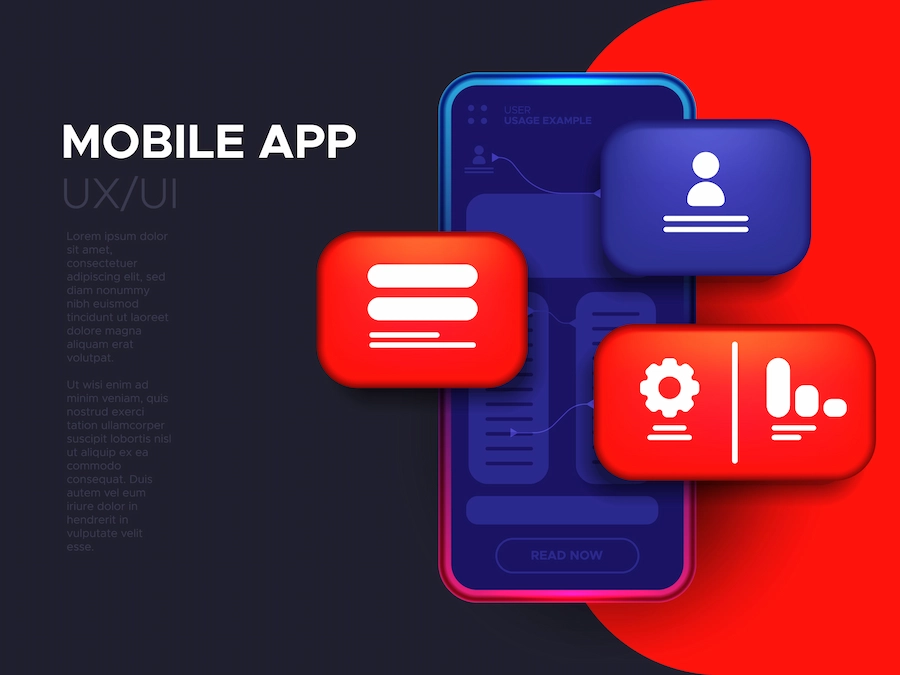
Flutter is a top choice. It’s fast and works on both iOS and Android.
Flutter for Mobile App Development
Google created Flutter. It uses Dart. You can build one app for two platforms.
Java for Mobile App Development
Java is used for Android apps. It’s popular and has many libraries.
Python for Mobile App Development
Python is easy to learn. Kivy and BeeWare let you build mobile apps with Python.
Mobile App Development Platforms
The Best Mobile App Development Platform
Top platforms include:
- Android Studio
- Xcode
- Flutter
- React Native
What Is the Best App Builder?
If you don’t code, use:
- Thunkable
- Adalo
- AppGyver
- Glide
Coding Fundamentals for Mobile App Development
Start with:
- Variables
- Loops
- Functions
- APIs
- Databases
- Error handling
Learn logic building and basic algorithms too.
UI/UX Basics: Designing a User-Friendly App
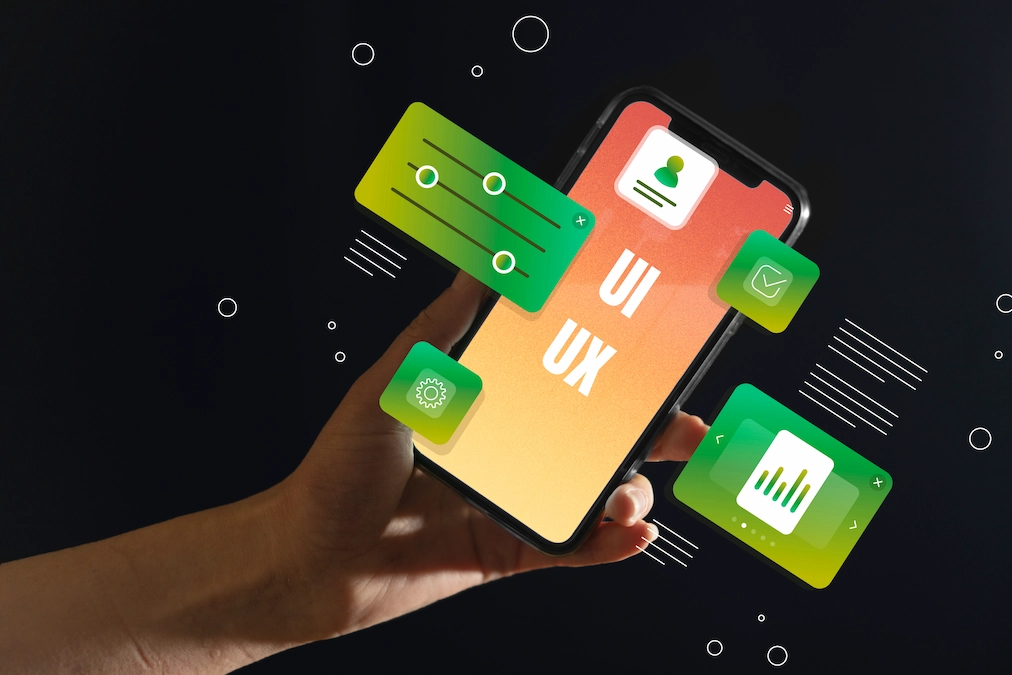
- Keep design clean and simple
- Use clear buttons and icons
- Make navigation easy
- Test with users
- Focus on speed and smooth flow
Testing and Debugging Your App
Common Bugs
- Crashes
- Layout issues
- Slow performance
Manual vs. Automated Testing
Manual testing helps catch visual bugs. Automated testing saves time for bigger apps.
How Will You Control Quality During Development?
- Test every feature
- Use bug tracking tools
- Get user feedback
- Update regularly
Deploying Your App to the App Store
Steps to Publish
- Create developer accounts (Apple/Google)
- Follow their rules
- Upload your app
- Add screenshots and details
- Submit for review
App Store Optimization Tips
- Use keywords
- Add attractive screenshots
- Write a clear app description
- Encourage reviews
Marketing and Monetization Strategies
Marketing Your App
- Use social media
- Create a landing page
- Run ads
- Contact bloggers and reviewers
How App Owners Earn Money
- In-app ads
- Subscriptions
- Selling products
- In-app purchases
Popular Models
- Freemium (free with upgrades)
- Paid apps
- Subscription services
Future Trends in Mobile App Development
Mobile App Trends for 2025
- AI-powered apps
- Voice-enabled apps
- 5G-based experiences
- More secure apps
- Eco-friendly coding
What Is the Future of Mobile App Development?
More people will use apps. New tech will make them smarter. Developers must keep learning to stay ahead.
Mobile Application Development Example

Let’s say you build a To-Do App:
- Create a layout with input and list
- Add logic to save tasks
- Connect to a local database
- Test on phone
- Deploy to Play Store
Mobile App Development Companies
How to Choose the Best Company
- Check reviews
- Compare prices
- Look at their portfolio
- Ask for demo apps
Top Companies to Consider
- Fueled
- Intellectsoft
- Appinventiv
- Hyperlink InfoSystem
Who Developed Mobile App Development Industry?
Big tech companies like Apple, Google, and IBM led the way.
How to Be a Mobile Developer
Start With Learning
- Use free platforms like Coursera, YouTube, Udemy
- Practice coding daily
- Build small apps
Build Your Portfolio
- Share your work on GitHub
- Create a personal website
- Join developer communities
Freelance or Join a Company
Both paths work. Start freelancing or apply to internships to gain experience.
Conclusion:
You now have a complete guide to mobile app development. Whether you’re learning for fun or building a career, this is a great place to begin. Take it one step at a time. Keep learning, keep building, and soon, you’ll have your own app in the store.
Frequently Asked Questions
Frequently Asked Questions for ” Mobile App Development for Beginners “
What Are the 5 Phases of the App Development Process?
- Strategy
- Design
- Development
- Testing
- Deployment
What Are the Four Pillars of App Development?
- Design
- Functionality
- Performance
- Security
Who Made the First App?
IBM built the first smartphone in 1993. It had basic apps like a calculator and calendar.
Types of Mobile Apps
- Native apps: Built for a single platform
- Web apps: Run through a browser
- Hybrid apps: Mix of both
How to Develop a Mobile App?
Use development tools. Write code. Build screens. Connect to databases. Test everything. Then publish it.
Which Language Is Used for Mobile App Development?
- Java, Kotlin for Android
- Swift, Objective-C for iOS
- Dart for Flutter
- JavaScript for React Native
